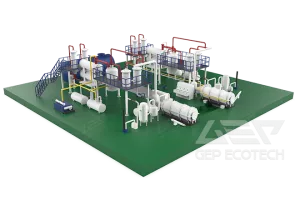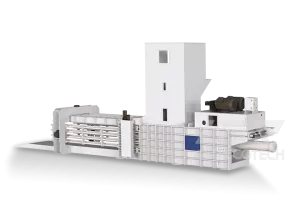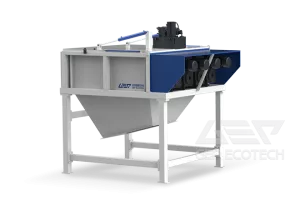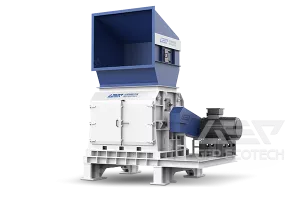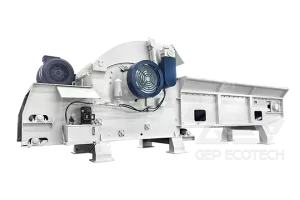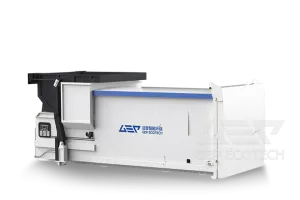What is dry waste?
Dry waste refers to household waste other than recyclable, harmful, and wet waste. This includes discarded paper, plastic, glass, metal, fabrics, hard fruit shells, rubber putty, adhesive products, as well as large garbage such as scrapped vehicles, household appliances, furniture, and decoration waste. Dry waste can be used as fuel and raw materials for resource utilization after crushing treatment.
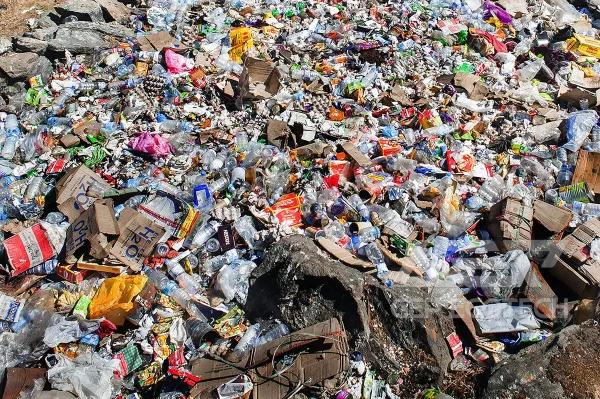
Disposal process of dry waste
Dry waste is transported by a chain plate conveyor to a pre-shredder for bag breaking. The shredded material is then removed by a magnetic separator and enters the rotary drum screen, which flips and rolls along with the drum device. Unqualified materials are discharged through the end of the drum, while qualified materials are discharged onto the output belt through the outer circular screen of the drum. The belt then enters the wind sifter, where light and heavy substances are separated under the action of airflow. Finally, the light material is transported to a double-shaft shredder for further shredding, and an incinerable fuel that meets the feeding size is obtained.
What is wet waste?
Wet waste, also known as kitchen waste, organic waste, or perishable waste, refers to food waste, leftover food, expired food, melon peel and nuts, eggshells, bones, animal viscera, flowers and plants, and other perishable domestic waste. Wet waste mainly comes from home kitchens, restaurants, canteens, markets, and other industries related to food processing. Wet waste can be recycled to produce organic fertilizers, fuel oil, alcohol, activated carbon, and other products.
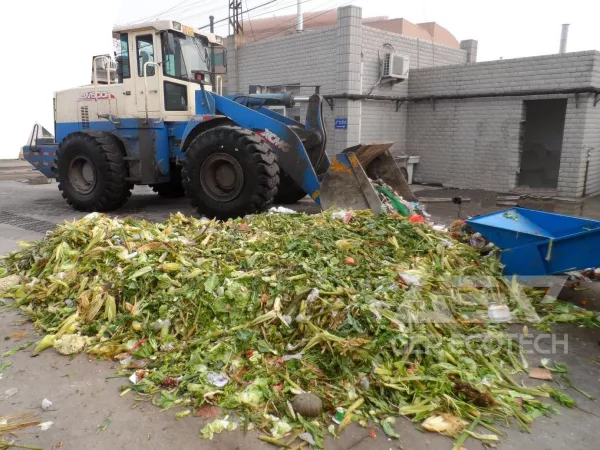
Disposal process of wet waste
The hydraulic grab places wet waste into a multifunctional feeder for simple dehydration treatment, and then evenly and continuously feeds the material into a pre-sorting machine for the first sorting. Magnetic metals are separated out by the magnetic separator, while impurities such as plastic bags and paper are sorted out. The remaining materials enter a double-shaft shredder for crushing and dispersion. The shredded materials then enter a rotary drum screen and an organic separator for further shredding, sorting, and homogenization, resulting in the separation of organic matter and inorganic compounds. The organic matter is finally pressed and dehydrated, while the inorganic compound is transported to a waste incineration power plant. The leachate from wet waste is collected and treated uniformly through sewage treatment.
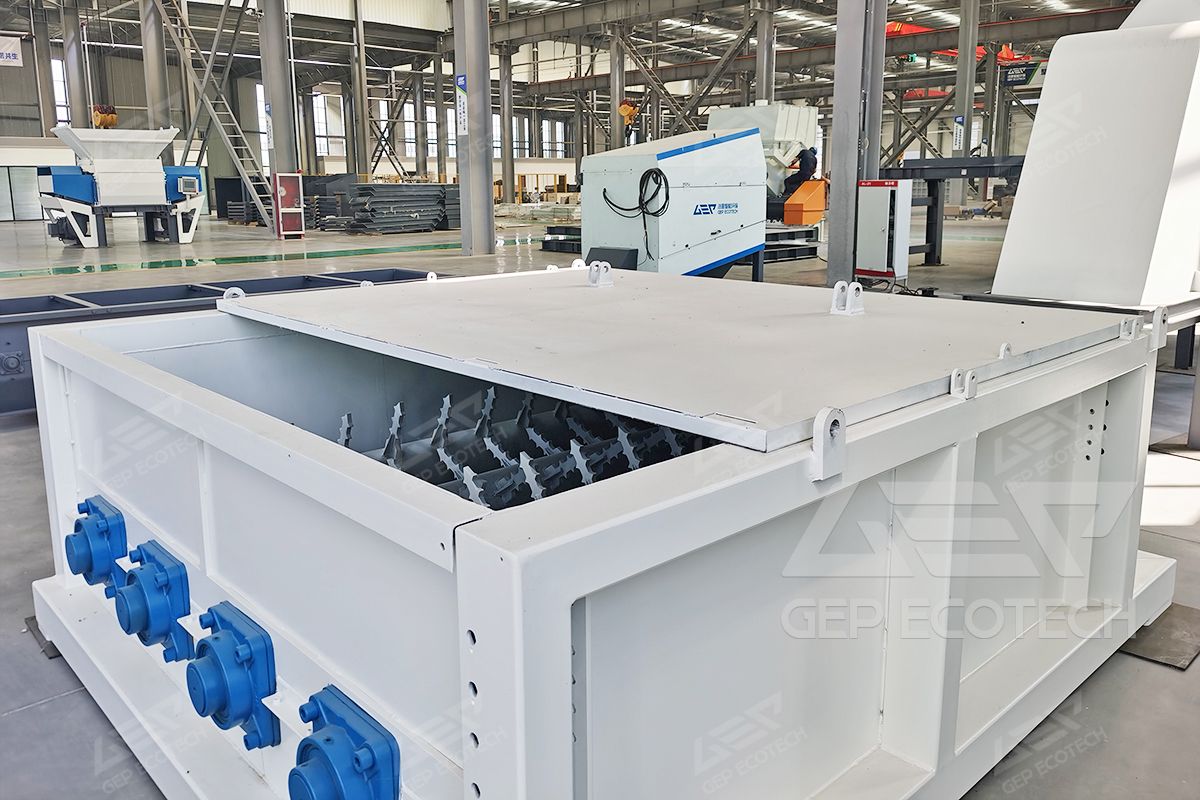
We have professional equipment and disposal plans for dry waste and wet waste disposal. Please feel free to contact us for more information.


